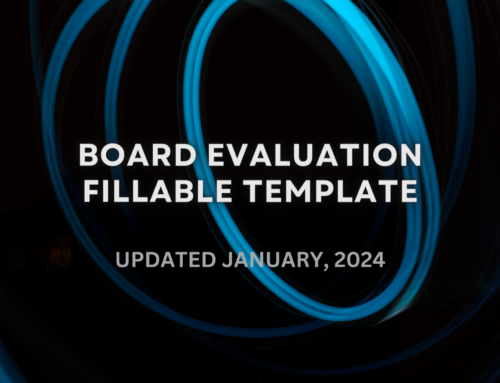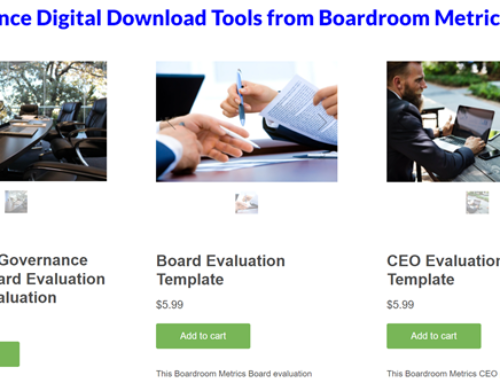Tim Herron is the past President and Chairman of the Board with the Starlight Children’s Foundation. He is a Certified Governance expert working with not-for-profit organizations on governance strategy and execution. Tim is an Accomplished Executive with Boardroom Metrics.
**In the last blog, we talked about a new approach to Board Governance that utilizes three different perspectives. The Fiduciary side addresses financial oversight and stewardship; Strategic address policy making and Generative addresses how we make sense of what it is they do.
Fiduciary:
The duties and responsibilities that fall under the title of Fiduciary include many of the following:
- Financial oversight
- Legal responsibility and accounting to members, stakeholders, government and tax agencies
- Liability and risk management
- Board role and/or committee role
- Trustee role on behalf of the public, ensuring effective use of resources
- Supervision of the organization’s Executive Director of CEO
Boards and Board members are expected to govern their organizations, and act in a manner so that:
- The organization is legal (for example: funds designated for specific purposes are used for those purposes, and funds are directed to the mission of the not-for-profit)
- The organization is financially transparent and honest (for example: material financial facts are made clear, and key stakeholders receive the financial information that they need and are interested in)
- There is long term organizational financial sustainability (for example: over a three year period, the financial situation balances, and there are funds set aside for contingencies)
- The mission, purposes, and strategic directions of the organization are well achieved (for example: there are sufficient funds available to carry out the work, including retaining good staff, and there are funds to invest in new directions)
These “what’s” do not necessarily clarify the issue of true checks and balances. Some people have argued the Board in carrying out its fiduciary role, is a “check and balance” against the work of the staff. There is a need for “checks and balances”, no one would argue against that. However, the question really is “Are the checks and balances actually being done to ensure the mission, purposes or strategic direction to satisfy the stakeholders?”
The “what’s” can be contradictory. For example, in attempting to achieve long term organizational sustainability, the Board may come up against fulfilling the mission in where financial reserves need to be invested in research and development not held for a rainy day on its books.
There is also a critical issue of sphere of influence. When an organization receives funds, under contract or in a restricted nature for example, from a particular donor, given this level of funder involvement and oversight, what is the fiduciary responsibility of the Board? Some non-profit organizations have taken the position that the fiduciary responsibility here lies primarily with the funder in relationship to the contract.
The Board’s sole role is to ensure that taking on this contract fits within the organization’s mission, purpose, and strategic directions; and, does not put the organization’s sustainability and capital (for example: financial and reputational) at risk.
The issue of the financial information that the Board requires, in what format, and when, is essential. It is very easy for Board members to become uneasy, and want to see all of the detailed financial information. Receiving reams of information can be meaningless and in most cases does not bring about Board fiduciary responsibility. Board members will not know what to do with it, and all of this will just increase the work of staff for no sound purpose.
The toughest part of Fiduciary responsibility is the painstaking work of developing formal Board policies about: financial management, financial controls, financial spending, financial risks, and financial investments. It is the Board’s responsibility to outline what information it needs, in what format, when, and why. Unless the “why” and the “for what purpose” are clear, then the information will likely be useless. And, once done, while these policies may need to be reviewed every now and then, they typically stay solid for some years.
Collectively, all Boards should administer the fiduciary responsibility (the responsibility for funds entrusted to the board on behalf of the public) for the organization. The entire board is responsible for the financial health of the organization. The budget, the accounting information system and financial policies are the tools the board uses to exercise its fiduciary responsibility.
In the next blog, we will look at the second side of the triangle Strategic.







Thanks for the article. I can’t see the other two sides of the triangle – Strategic and Generative, If they are available can you email them to me please?